The Impact of Guiding Principles on Constitution Making
Constitution making during transitions often involves a delicate balance between political deals and entrenched interests. This policy paper looks at the important role of guiding principles—key agreements that help shape the content of new constitutions. Using examples like South Africa’s post-apartheid process, it shows how these principles can build trust, reassure minority groups and encourage open dialogue.
At the same time, the paper examines the challenges of making such principles stick and the risks that come with top-down approaches, such as boycotts or a loss of legitimacy. By exploring different ways of developing these principles—from national talks to executive decisions—it offers practical insights into how to design frameworks that are inclusive and flexible enough to adapt to shifting political contexts.
Aimed at policymakers, negotiators and others involved in constitutional reform, this paper highlights how guiding principles can connect opposing sides while ensuring meaningful constraints on constitution-making bodies.
Details
Staff author
Contents
Executive summary
Introduction
1. Identifying guiding principles
2. Historical examples and the universe of cases
3. Scope and level of detail of guiding principles
4. How guiding principles come about and where they can be found
5. Mechanisms and institutions mandated to verify or certify their implementation
6. Conclusion
7. Key questions
References
Annex A. Examples of guiding principles in comparison
Give us feedback
Do you have a question or feedback about this publication? Leave us your feedback, and we’ll get back to you
Send feedbackThe Impact of Guiding Principles on Constitution Making
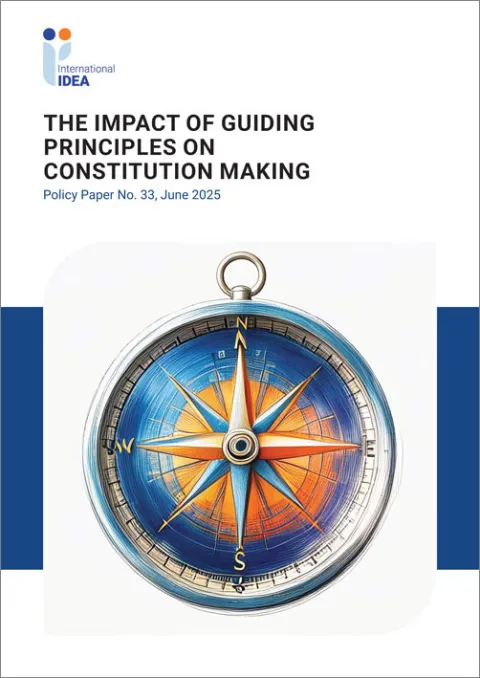
| Total views | 2452 |
|---|---|
| Downloads | 138 |
| Rating |
Staff author
Give us feedback
Do you have a question or feedback about this publication? Leave us your feedback, and we’ll get back to you
Send feedback
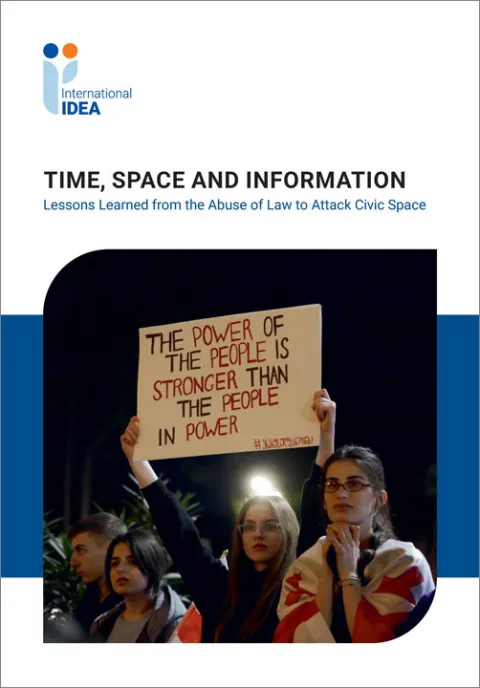
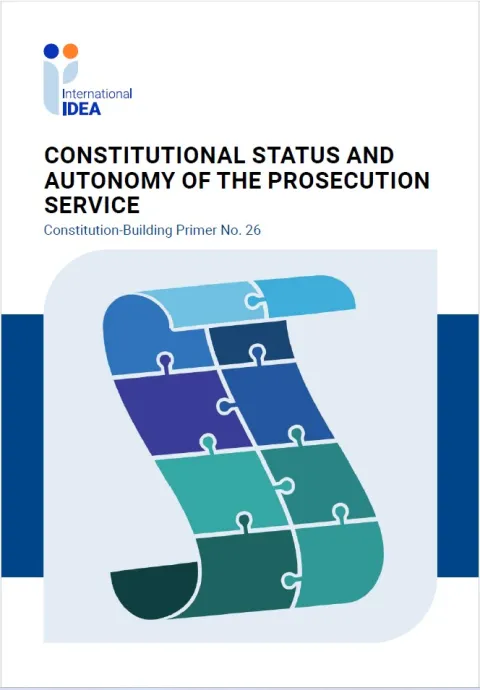
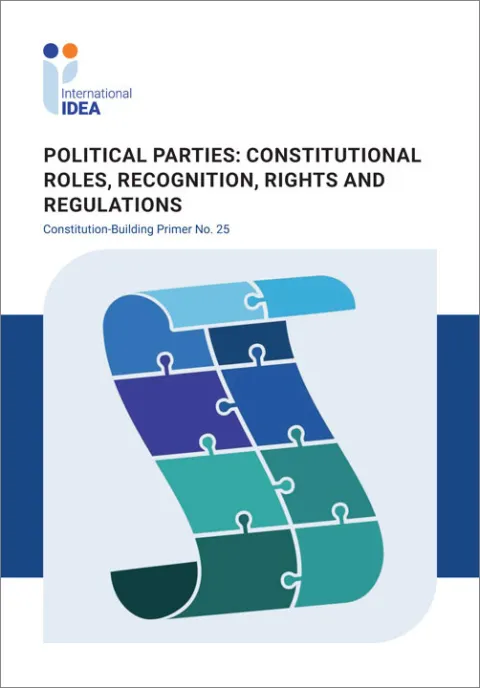


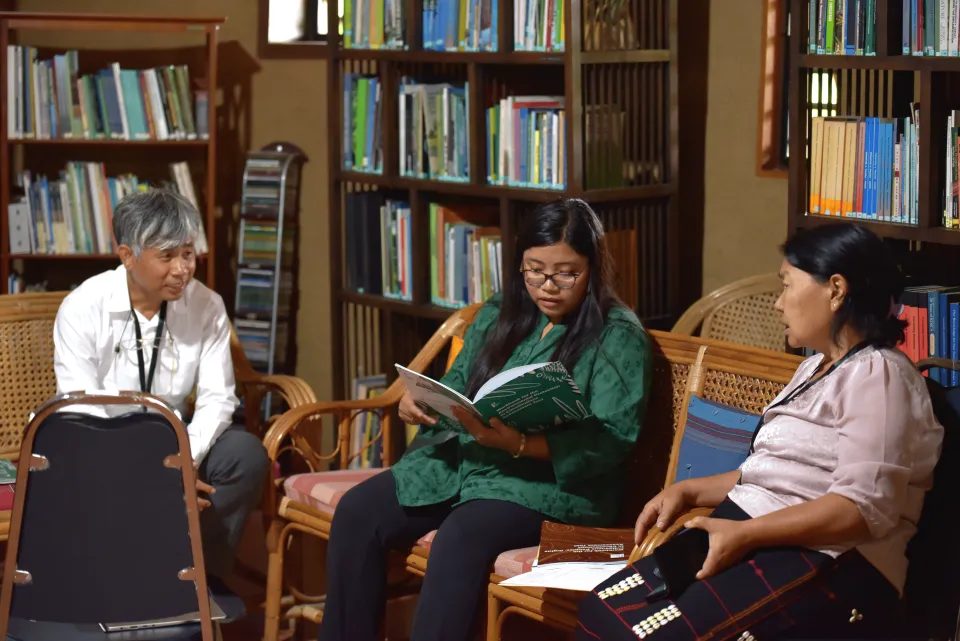
![Dr Fawaz Shareef, Founder of Maldives Centre for Policy Studies; Uza. Aishath Azima Shakoor; Uza. Fathimath Dhiyana Saeed. [Photo: Maldives Centre for Policy Studies]](https://www.idea.int/sites/default/files/styles/webp_480/public/2024-08/WhatsApp%20Image%202024-08-06%20at%2011.48.48.jpeg.webp?itok=pRaNdf-C)




